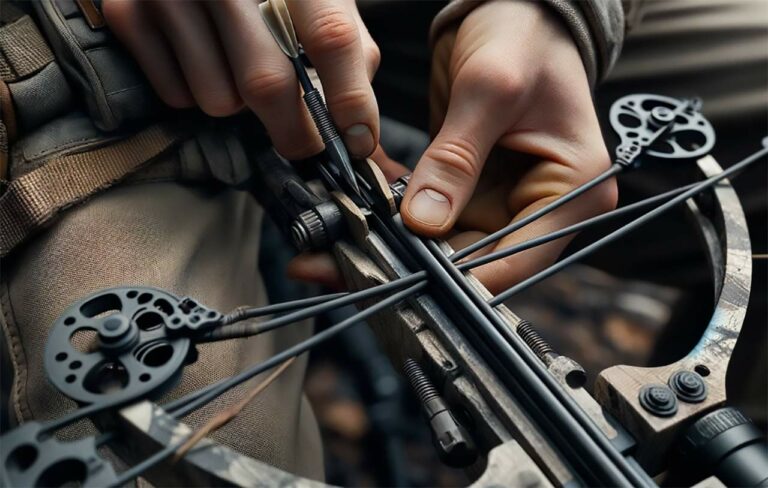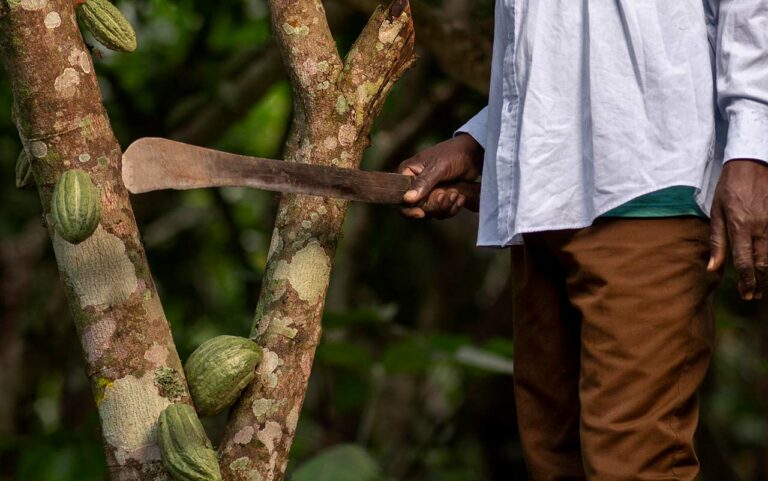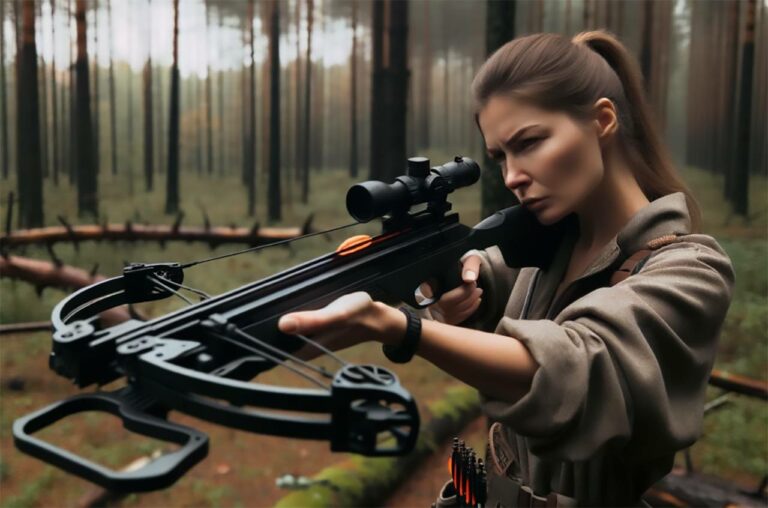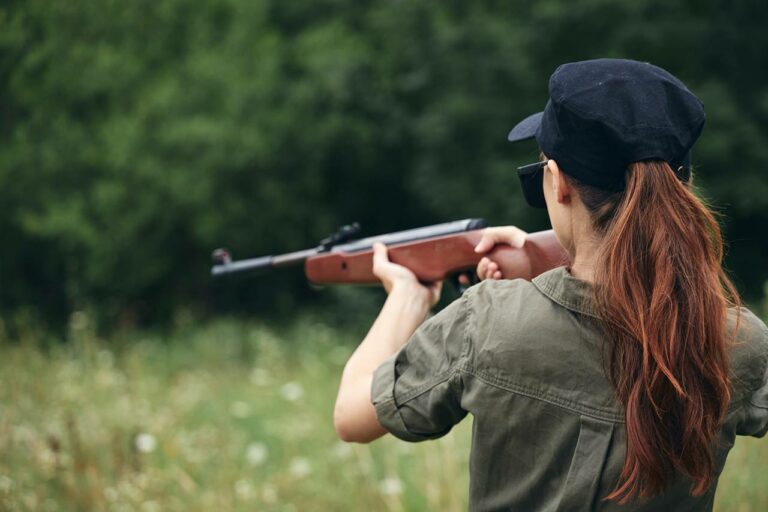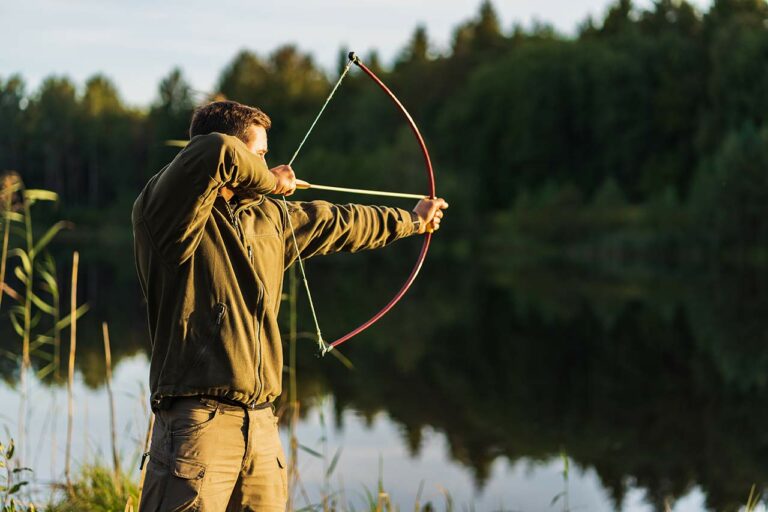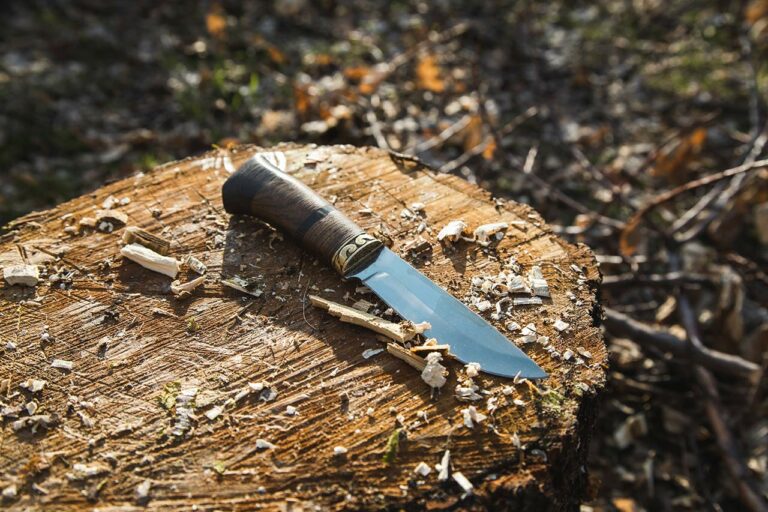177 vs 22 Air Rifle: Comprehensive Comparison For Shooters
When it comes to choosing an air rifle for hunting or target practice, the debate between .177 and .22 air rifles can spark quite a discussion among enthusiasts. Both calibers have their own benefits and downsides, and understanding the advantages of each can make it easier to decide which one is right for your needs.
Understanding Calibers
The .177 Caliber Air Rifle
The .177 caliber air rifle is the smallest caliber currently in use, with an internal barrel diameter of 0.177 inches or 4.5 mm. This caliber is popular for a few reasons:
- Target shooting: The .177 air rifle is ideal for target shooting, especially at 10-meter distances, due to its flatter trajectory, resulting from its lighter weight and higher velocity.
- Pellets: .177 caliber pellets are generally less expensive than their .22 counterparts, making them an economical choice for enthusiasts.
- Speed: With a higher velocity compared to .22 air rifles, the .177 shoots pellets at a faster speed, which may result in a more enjoyable shooting experience for some shooters.
The .22 Caliber Air Rifle
The .22 air rifle delivers heavier pellets, resulting in a better knockdown power that many hunters prefer, especially for small game and varmint control. It has a few distinct advantages over the .177 caliber:
- Hunting and pest control: The .22 caliber pellets are heavier than their .177 counterparts, which makes them more effective in taking down small game, like squirrels, and helps with pest control.
- Handling: Due to their larger size, .22 caliber pellets are generally easier to handle than .177 caliber pellets, which might be helpful for those with larger hands or who struggle with fine motor skills.
- Real-world accuracy: Although both calibers can be equally accurate in still wind conditions, the .177 pellet tends to be affected more negatively by wind. This means that the .22 caliber air rifle may be slightly more accurate in real-world conditions where wind might play a factor.
Caliber Comparison
When comparing the .177 vs. .22 caliber air rifles, it’s essential to consider your primary objectives. If you are primarily focused on target shooting, the .177 air rifle might serve you better due to its flatter trajectory and higher velocity.
If small game hunting and pest control are your goals, the .22 caliber air rifle could be the better choice, thanks to its heavier pellets and better real-world accuracy.
When it comes down to it, both calibers have their pros and cons, and your decision should be based on your specific needs. By understanding the characteristics of each caliber, you can make an informed decision on the air rifle that suits you best.
Performance Analysis
Accuracy and Trajectory
When comparing the accuracy and trajectory of .177 and .22 air rifles, you might find both calibers to be quite similar. However, there are some differences you should consider:
The .177 has a flatter trajectory, making it an ideal choice for 10-meter target shooting.
The .22 caliber may drop off more in terms of trajectory, making it less ideal for targets, and a better choice for hunting purposes.
Energy and Penetration
The energy and penetration power of air rifle pellets depends on their mass and speed. Generally, .22 pellets have more mass than .177 pellets, resulting in greater energy upon impact. This means that .22 air rifles will likely provide better penetration, especially when hunting, and are thus preferred by many airgun shooters.
Effect of Wind
Wind is a vital factor in determining the performance of your airgun. Due to their lighter weight and lesser mass, .177 pellets are more susceptible to wind drift than their .22 counterparts. This can affect your accuracy and trajectory further, making the .22 caliber more forgiving in windy conditions.
Range and Power
In terms of range and power, both calibers have their own merits. While powerful .177 air rifles can deliver impressive velocities, the .22 caliber with its heavier pellets offers more knockdown power, making it a better choice for hunting. Keep in mind, though, that some high-powered .177 air rifles can also be suitable for hunting, given the right ammunition and proper shot placement. .22s are simply more ideal.
Ammo and Ballistics
When it comes to ammunition, .177 pellets are generally cheaper and more abundant, while .22-caliber pellets offer better handling due to their larger size.
You can find various types of pellets for both calibers, allowing you to work with ammunition that suits your requirements in terms of ballistics, depending on whether you prioritize accuracy, expansion, or penetration.
Experience and Practice
Regardless of the caliber you choose, your airgun shooting experience and practice will be critical in determining your success. Whether utilizing a .177 or a .22 air rifle, honing your marksmanship skills and shot placement will have a substantial impact on your performance.
You may even find you shoot better with one air rifle than the other.
Frequently Asked Questions About .177s and .22s
Which caliber is more accurate for hunting: .177 or .22?
Both .177 and .22 air rifles can be equally accurate for hunting. Accuracy largely depends on the specific air rifle and the shooter. What matters is the shooter’s skill and the type of pellet used. In general, .22 is preferred for hunting. Practice with your chosen air rifle to improve your accuracy.
What are the differences between .177 and .22 air rifles?
The main difference between .177 and .22 air rifles lies in the size of the pellets. A .177 pellet has a diameter of 0.177 inches (4.5mm), while a .22 pellet has 0.22 inches (5.5mm).
Other differences may include the power, speed, and impact on the target. .22 air rifles are often more powerful, making them better suited for hunting, while .177 air rifles have higher speed and flatter trajectories, making them popular for target shooting.
Is a .177 or .22 air rifle better for shooting pigeons?
For pigeon control, both .177 and .22 air rifles can be used effectively. The .177 pellets have a faster, flatter trajectory, which can be beneficial when shooting at aerial targets like pigeons. However, a .22 air rifle packs more power and might be better at ensuring a clean kill. Choose the caliber you’re most comfortable with, and ensure a humane hit on your quarry.
Which pellet size is preferred for squirrel hunting?
.22 caliber pellets are generally considered better for squirrel hunting due to their larger size and increased stopping power. As squirrels are relatively small, the impact of a .22 pellet can ensure a humane kill without the need for multiple shots.
However, if you’re highly skilled with a .177 air rifle, it will work too; just be mindful of your shot placement to ensure a clean kill.
Do .177 and .22 air rifles have different shooting ranges?
Yes, the shooting ranges of .177 and .22 air rifles can differ.
.177 air rifles often have longer, flatter trajectories, providing higher ranges than their .22 counterparts. .22 pellets have more mass and will drop more quickly due to gravity.
They can still reach out to distance, with good aim and adequate air rifle power.
Informed Decisions for Accurate, Ethical Shooting
When it comes comparing .177 and .22 air rifles, it really comes down to your principal intentions. Is it hunting, pest control, or target practice? For meticulous target shooting and economical pellet usage, the .177 air rifle is a solid choice, but for enhanced real-world accuracy and a potent impact, the .22 caliber tends to prevail.
So, while some people simply feel better with a .177 in their hands, whatever they’re shooting at, a .22 caliber will be the most effective air rifle in a survival scenario most of the time.


